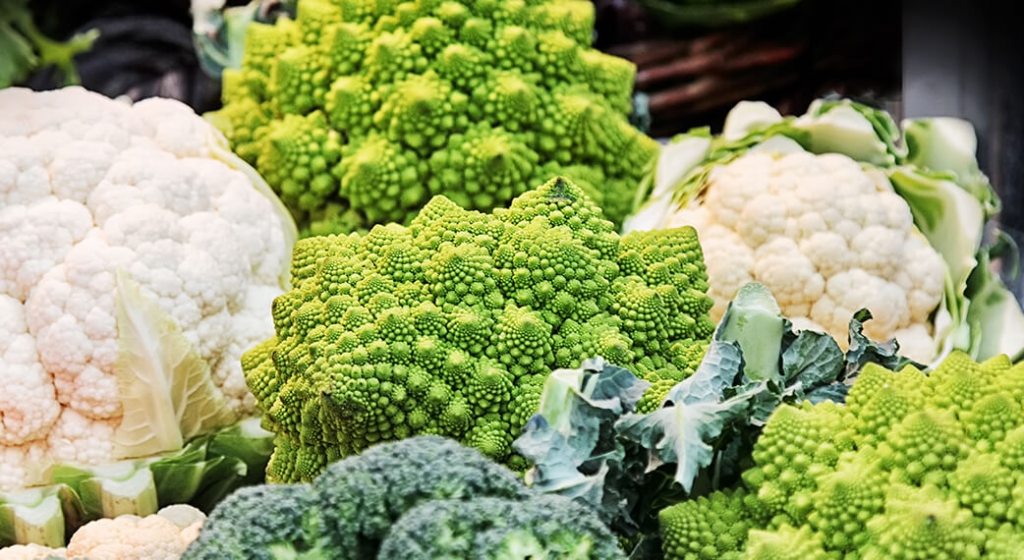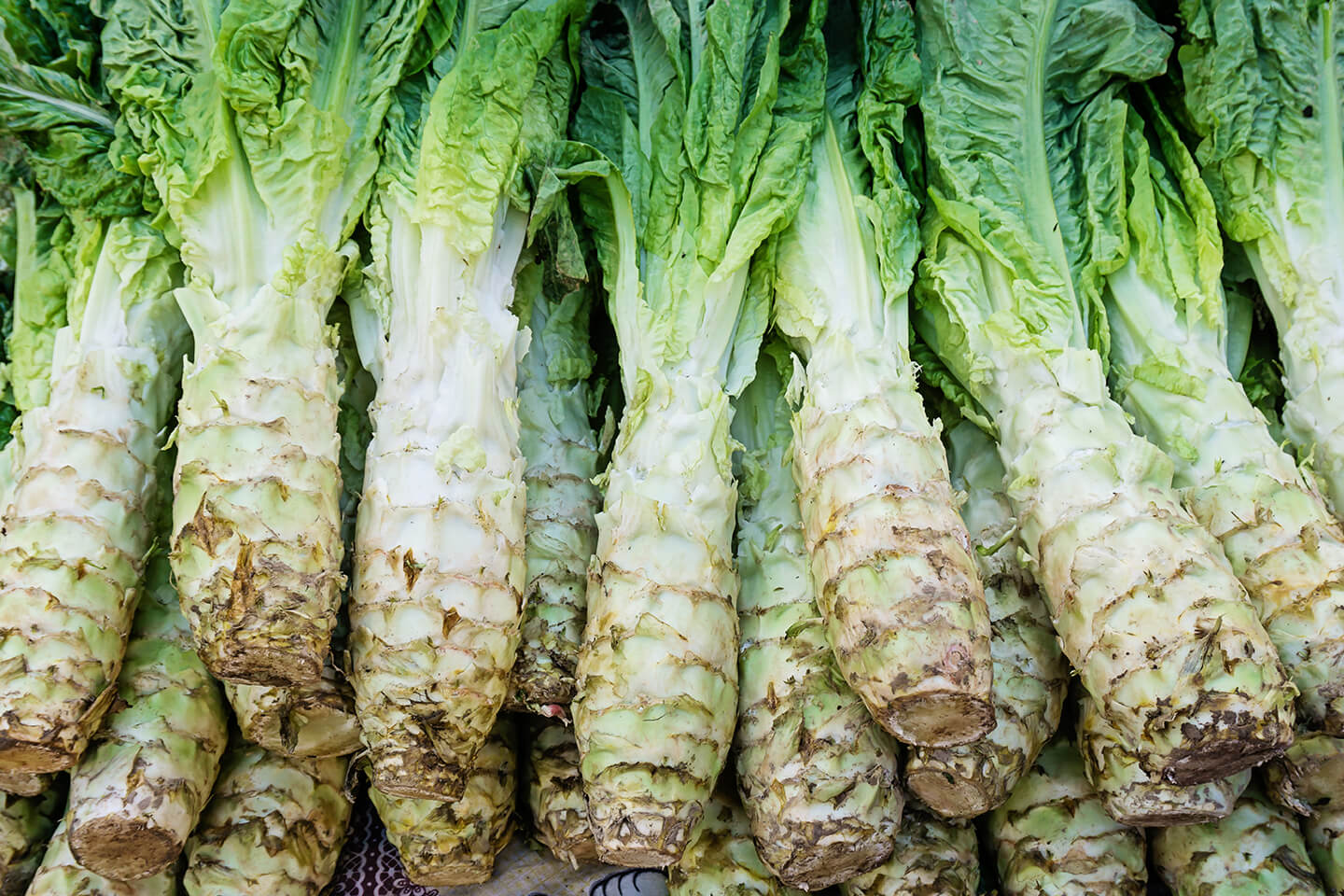Are you looking to grow your salad menu beyond typical mixes of romaine, spinach, and iceberg lettuce? Stop being so basic and check out these unbelievable fruit and veggie hybrids that combine flavor, nutrition, and photogenic good-looks to make for highly Instagramable alternative produce.
Celtuce
Celtuce is a celery and lettuce hybrid that’s already popularly used in Chinese cuisine. The leaves of celtuce are used in salad and the stems are made into noodle shapes and cooked into stir frys. Celtuce can substitute for cucumbers, celery, or even raw radishes.
Here’s how our pal Chef Blair Arms would incorporate celtuce in her menu:
Dice the stems from the Celtuce and put them into a chicken salad or tuna salad sandwich. Or, depending on the texture (celery type) add to a bread stuffing or stuff a bird with it.

Celtuce Health Benefits
- Low in calories.
- Packed with vitamins and minerals, including iron, calcium, magnesium, phosphorus, potassium, vitamin C, and B vitamins.
- Excellent source of manganese, which is important for metabolism, calcium absorption, and regulating blood sugars. Just one cup provides 30 percent of the daily value.
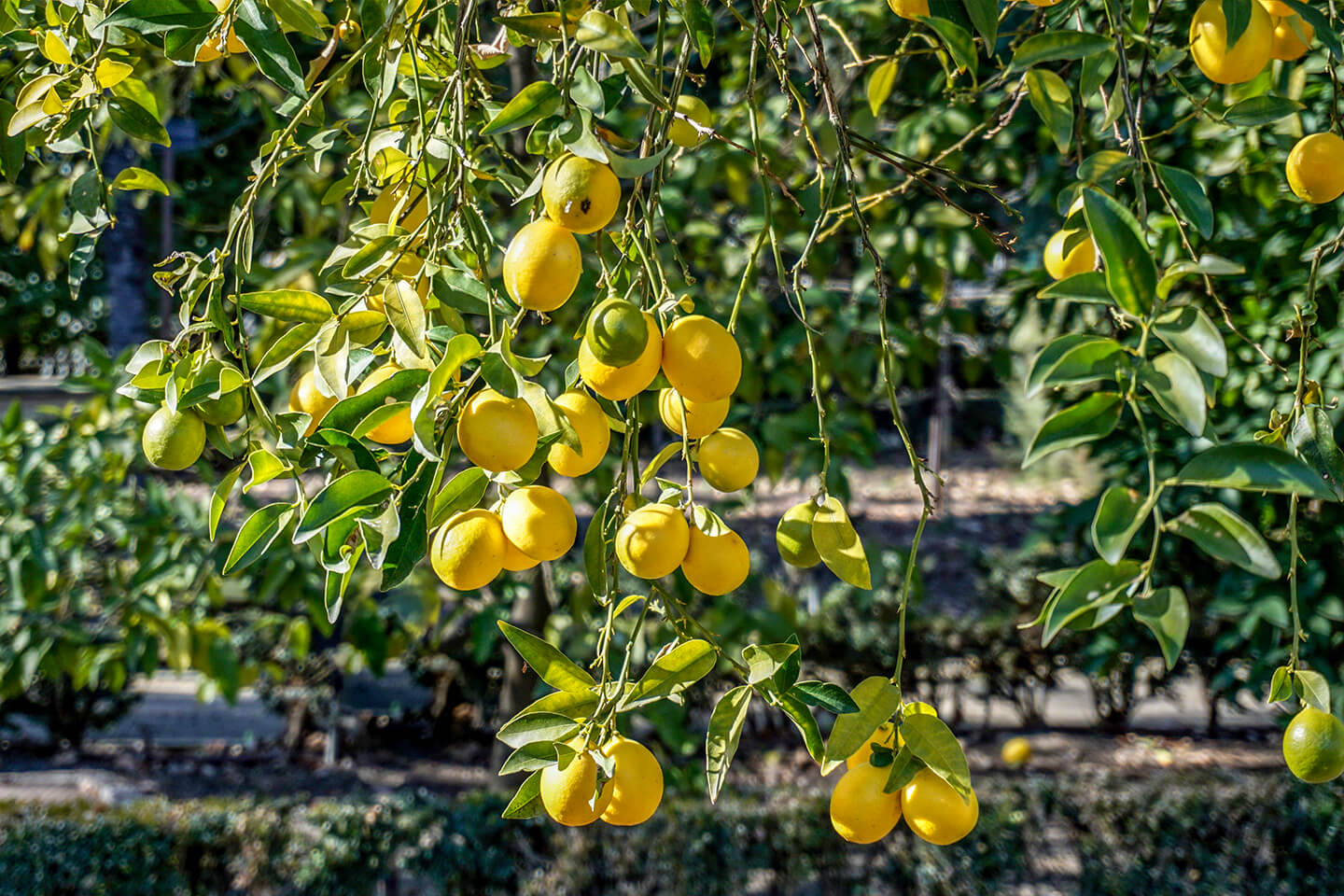
Limequat
Limequat is a key lime and kumquat hybrid. (Kumquats are very similar to oranges.) This hybrid looks closer to a lemon and have a floral fragrance. When consumed fresh and whole with the skin on, they have a bitter-sweet, tart flavor. Limequats can be used raw, cooked, or eaten whole, and are great for adding zest to cupcakes, tarts, and cookies.
Chef Blair Arms makes our mouths water with this limequat-inspired hors d’oeuvre:
Take a bread medallion (like one you would use for bruschetta), toast it in the oven, spread ricotta on top or a slice of Manchego cheese, or even goat cheese. Segment your limequat and shingle on top of the cheese. Drizzle with honey, fig glaze, or a balsamic vinegar reduction. Then chiffon some mint to garnish on top.
It’s colorful, refreshing, and light! The acidity from the veggie/fruit will cut into the fat of the cheese and the sweetness from the drizzle on top brings it all together!
Limequat Health Benefits
- Good source of vitamin C and folic acid.
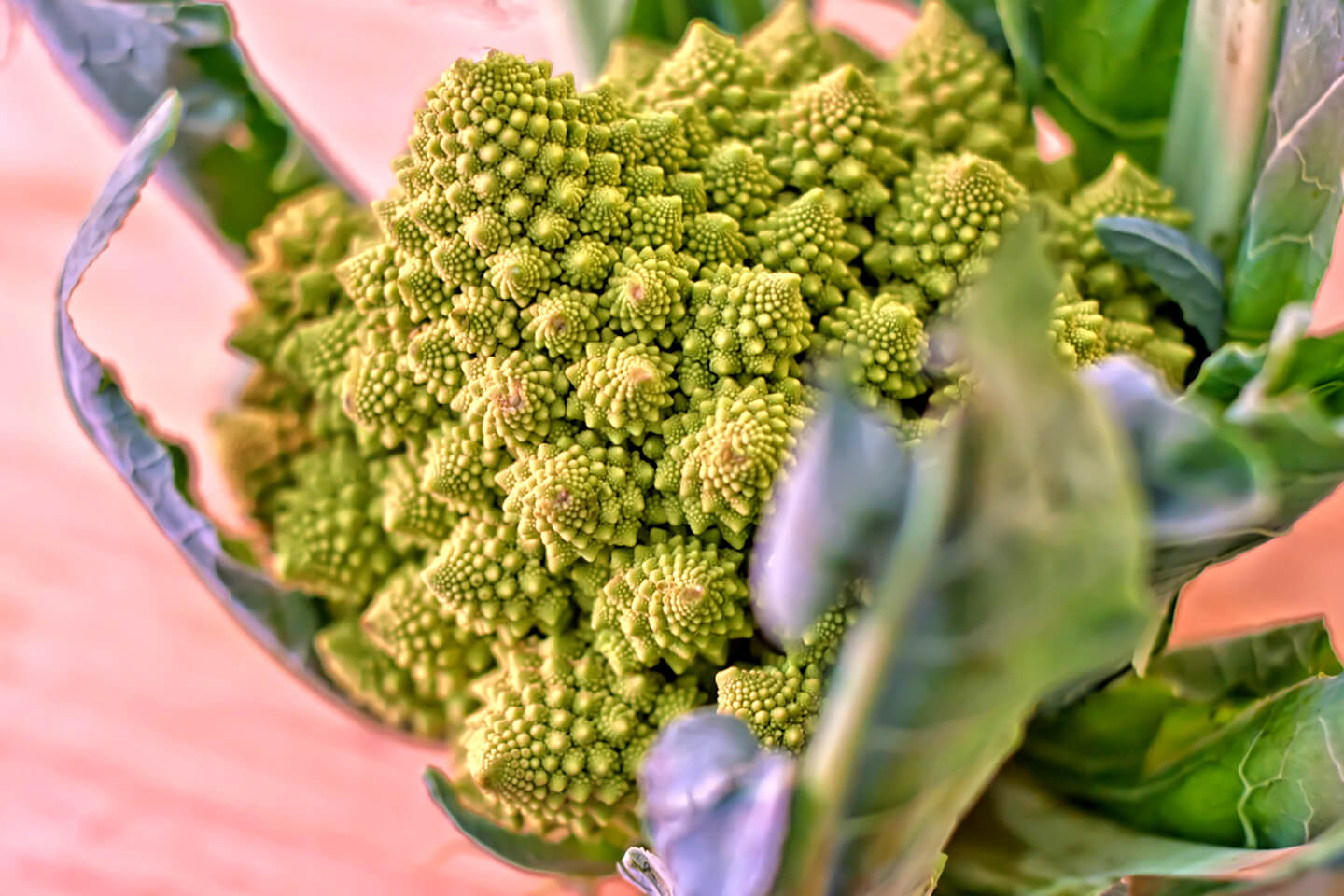
Broccoflower
Broccoflower is a broccoli and cauliflower hybrid that comes in two variations: (1) One that looks like a white cauliflower but lime green in color; and (2) Another called Romanesco broccoli or Roman cauliflower that looks like tiny pine trees (pictured above). Both broccoflower types are more mild and tender than their regular counterparts and are sweeter, making them perfect to eat raw.
Raw broccoflower goes great in salads. You can also blanch it in warm water it can be served as a part of vegetable tray with dips, stir- fry roast or even microwave. Looking for something a bit smoother? Churn broccoflower into a fine puree and then boil it into a creamy soup.
Broccoflower Health Benefits
- Just as healthy as both broccoli and cauliflower.
- Good source of vitamin C.
- Also a good source of folate.
- Low in carbohydrates and calories, helps in maintaining weight.
- A cup of broccoflower consist only 25 calories and no fat.
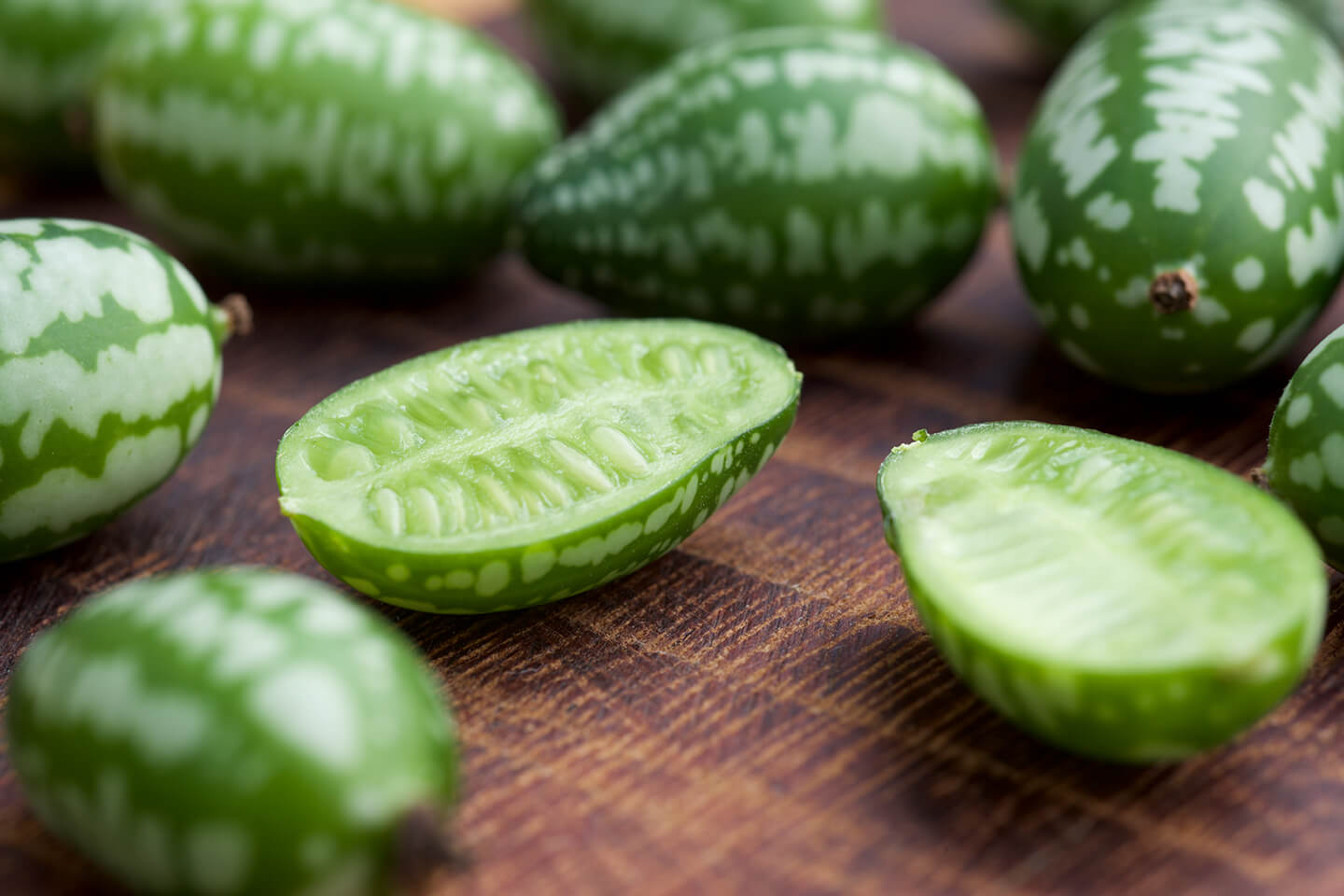
Cucamelon
Cucamelon is a cucumber that looks like a mini watermelon. It may be difficult to tell its size from pictures, but cucamelons are typically the size of large grapes. The delicate insides of cucamelon taste like cucumbers soaked in lime juice. Cucamelons are most commonly eaten fresh or pickled like regular cucumbers. Try adding cucamelons to your salsas.
Cucamelon Health Benefits
- Rich in Lycopenes (a heart improving antioxidant).
- Beta carotene (helps to maintain eye health and young skin).
- Minerals, and vitamin K, E, C and fiber.
Chef Blair Arms raises her glass for cucamelons:
I would totally use that in a vodka soda and/or tonic! Or maybe even a Gin drink.
Nuff said.
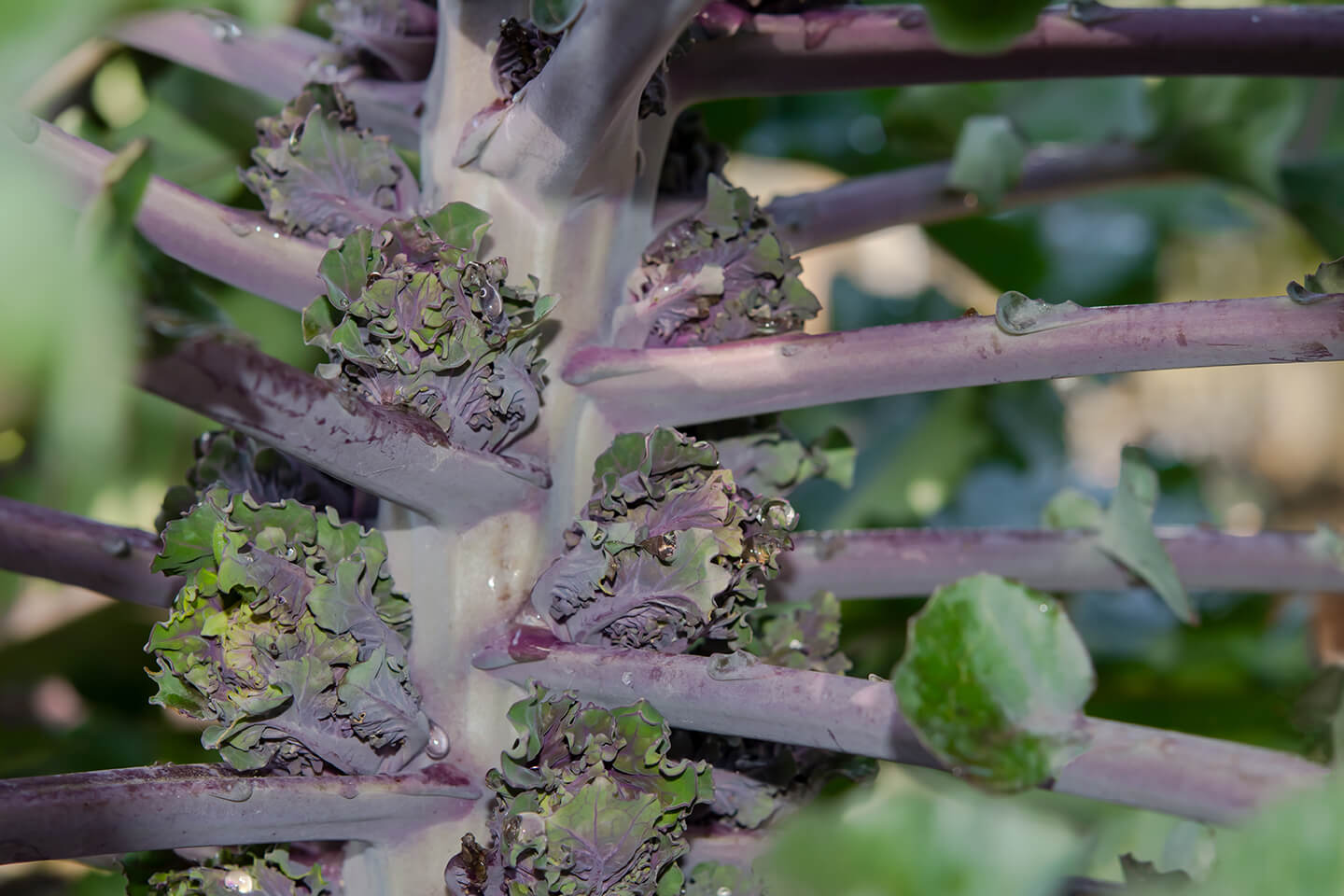
BrusselKale / Kalettes
BrusselKale is a Brussels sprouts and kale hybrid. They have a more subtle flavor than Brussels sprouts and the mild, sweet taste of kale. They are green and purple in color and looks like cabbage leaves. BrusselKale is extremely versatile and can be eaten raw and served with creamy dips, boiled and fried in butter, blanched and thrown in with noodles, stir fried, roasted, and more.
BrusselKale Health Benefits
- Only 45 calories for 1 1/2 cups (85 grams).
- 80mg sodium, 4g protein, 0g fat, 6g carbohydrates.
- This serving size provides 120% of vitamin K, 40% vitamin C, 10% vitamin B6, 8% calcium, 6% iron and 4% vitamin A.
- Being a cruciferous vegetable (related to the cabbage family), Kalettes are also brimming with anti-cancer phyto-chemicals.
- Kalettes contain twice the amount of both Vitamin C and B6 as Brussels sprouts.
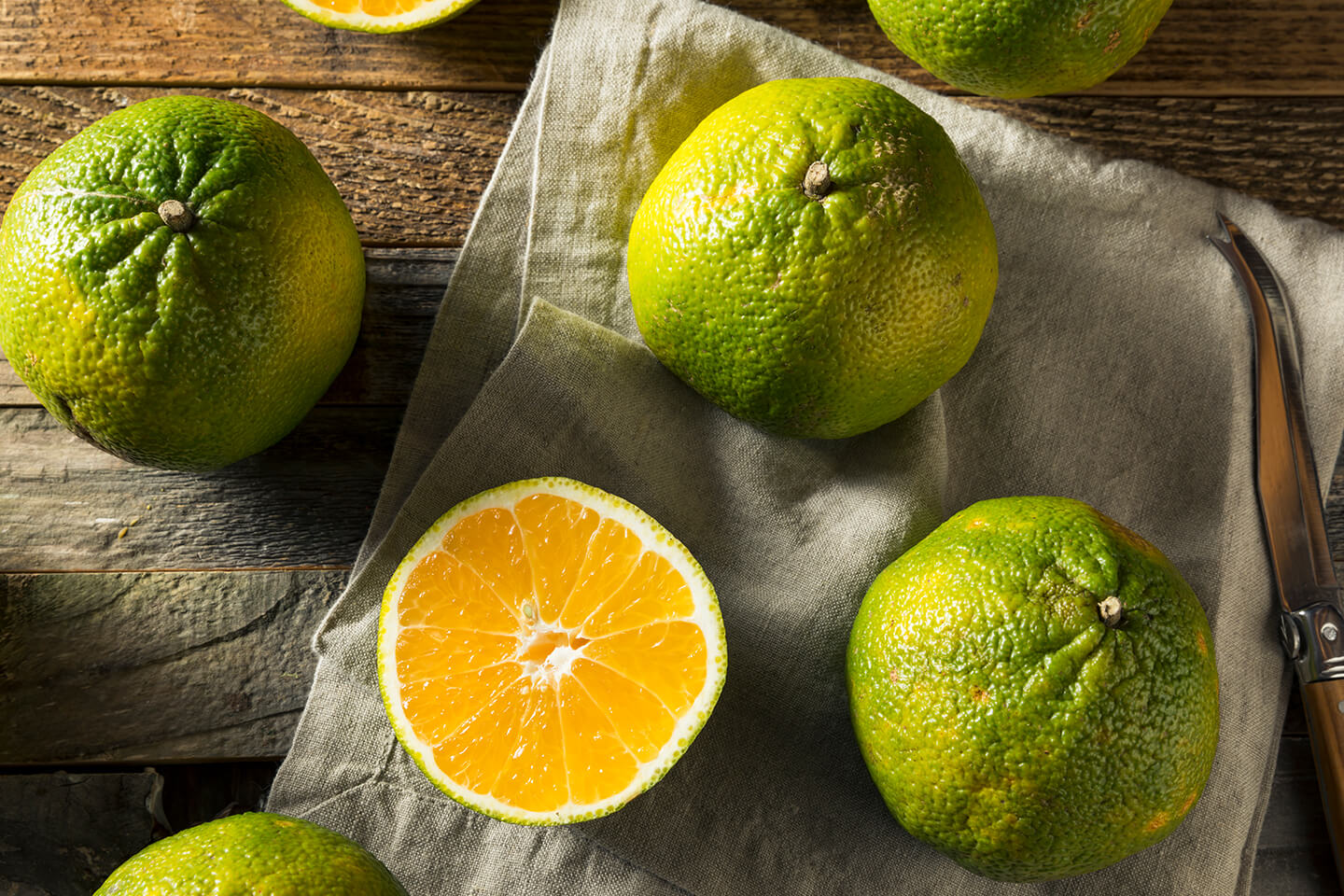
Ugli Fruit / Jamaican Tangelo
Ugli Fruit is a tangerine/orange and grapefruit hybrid. It is mostly green and wrinkled until it is fully ripe, when it turns orange. Ugli fruits can be prepped like oranges in your kitchen and topped onto yogurts and fruit salads. They’re also a fabulous on-the-go snack.
One downside of Ugli Fruit is the funny name that will get old pretty quick on the line.
Ugli Fruit Health Benefits
-
- Uglis have 70% of the recommended daily value in Vitamin C.
- High calcium.
- High in Vitamin A.
- 8% of your needed fiber per day.
- Ugli fruit is naturally fat- and cholesterol-free.
- Low glycemic index.
Here is a non-ugly way Chef Blair Arms takes on the Ugli Fruit:
You could make avocado toast with the Ugli hybrid. Take a slice of bread, toast it. Mash some avocado in a bowl, spread it on top of the bread. Add some salt, pepper, a squeeze of lemon or lime, and then top with segmented Ugli Fruit.

